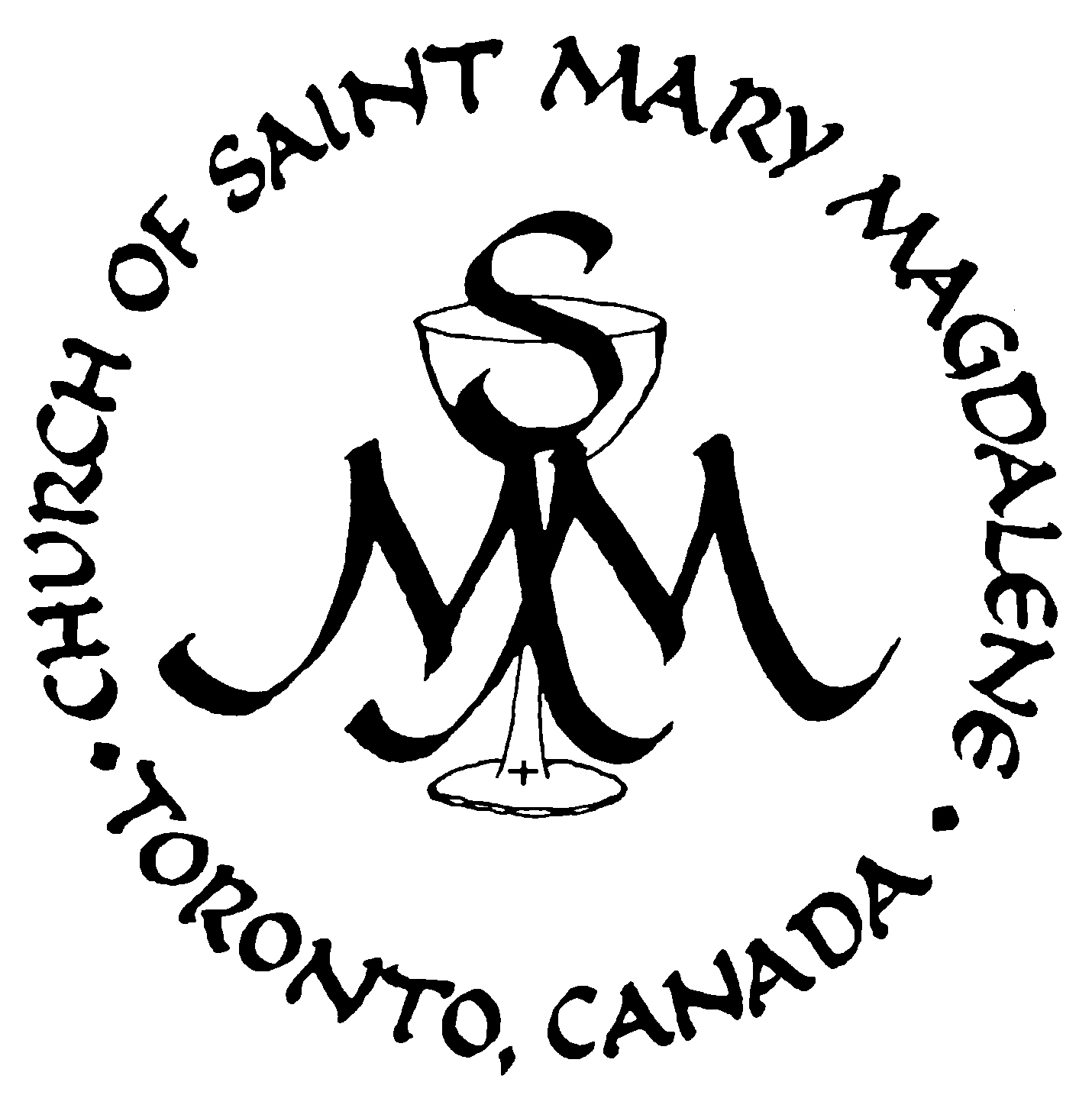Meditation - Advent II
One of the things one can say Advent is "about" is the whole shape of salvation history, an hourglass shape converging on a single point and then spreading out.
Salvation history begins before Abraham. (If you take Scotus seriously, that the universe was created so that God might become incarnate, it started before humanity.) In Genesis, it begins with the Protevangelium ("And I will put enmity between thee and the woman, and between thy seed and her seed; it shall bruise thy head, and thou shalt bruise his heel") and the typology of Abel's blood; it continues with the covenant with Noah. Outside the Bible, God has to nudge a lot of human prehistory to bring into being the context allowing the stories of the patriarchs let alone the establishment of Israel.
The Abrahamic covenant starts to narrow down to a people, or set of peoples, at the core, although still with reference to the whole earth.
With the Exodus narrative and the definition of the twelve tribes of Israel, it narrows again, though at the same time events require more broad and indirect action by God. Things had to come together just so for Israel and Judah to have space to exist, at the balance point between the Mesopotamian and Egyptian empires, which in other times had dominated the space which would house Israel.
It narrows again to David, and the promise that echoes through the Psalms: "The Lord hath made a faithful oath unto David, and he shall not shrink from it: Of the fruit of thy body shall I set upon thy seat"; "The Lord said unto my Lord: Sit thou on my right hand, untill I make thine enemies thy footstool".
When Judah falls, the future is carried by a relatively small set of exiles; only at that point does the way in which salvation history is told really begin to be pinned down; the Torah and the Duteronomic History and the rest of the Tanakh start to get their shape at that time.
After the return, several parallel and separate developments provide a context for the future: the forms of apocalyptic, and the broad (though distant) development of philosophy and thought generally in the pagan world known as the Preparatio Evangelica.
So we come, in the end, from all of humanity, to Abraham's offspring, to Israel, to David, to the Exilic remnant and finally to two hinge points: one young woman, prepared by God but in full free will, making a choice to bear the Son of God, and, a little later, a hill outside the Holy City where the salvation of the world was accomplished.
(From which point it spreads out again, from Jerusalem to Asia Minor, to Rome, thence to the whole Mediterranean world and (more slowly) to the hinterlands beyond.)
To meditate on: two responsories from Advent Vespers:
R. Behold, the days come, saith the Lord, that I will raise unto David a righteous branch, and a king shall reign and prosper, and shall execute judgment and justice in the earth. And this is the name whereby He shall be called, The Lord our Righteousness. V. In His days Judah shall be saved, and Israel shall dwell safely. R. And this is the name whereby He shall be called. V. Glory be... R. The Lord our Righteousness.
V. The Lord shall teach us his ways, and we will walk in his paths. R. For the law shall go forth of Zion, and the word of the Lord from Jerusalem. V. Come, and let us go up to the mountains of the Lord, and to the house of the God of Jacob. R. For the law shall go forth of Zion, and the word of the Lord from Jerusalem. V. Glory be... R. For the law shall go forth of Zion, and the word of the Lord from Jerusalem.
James Burbidge
